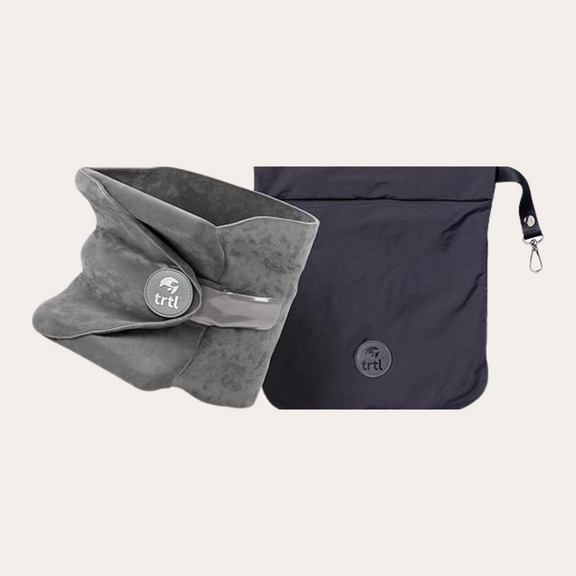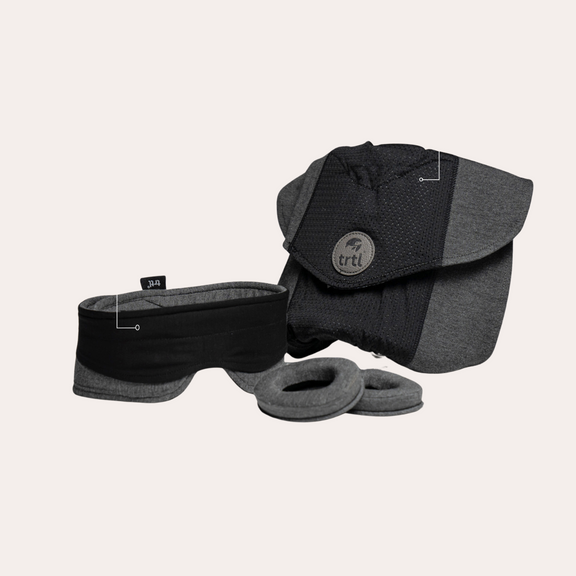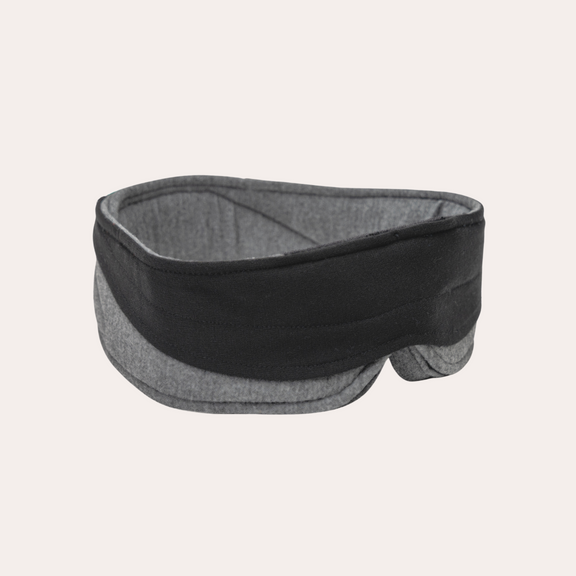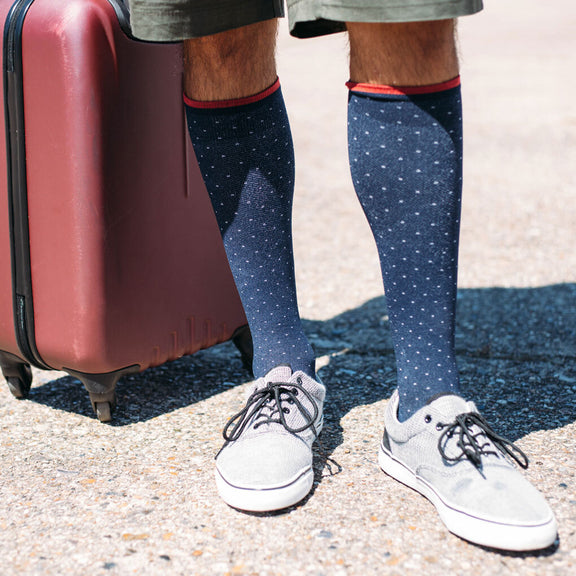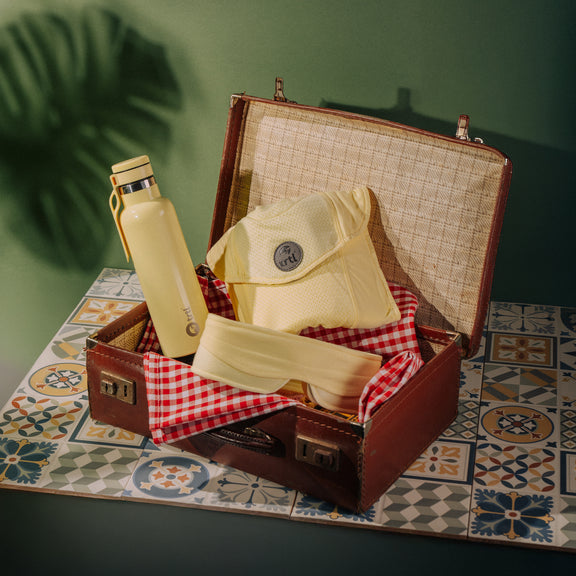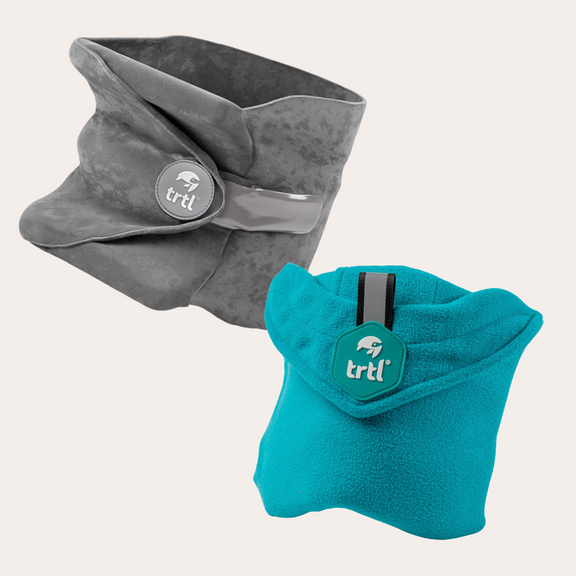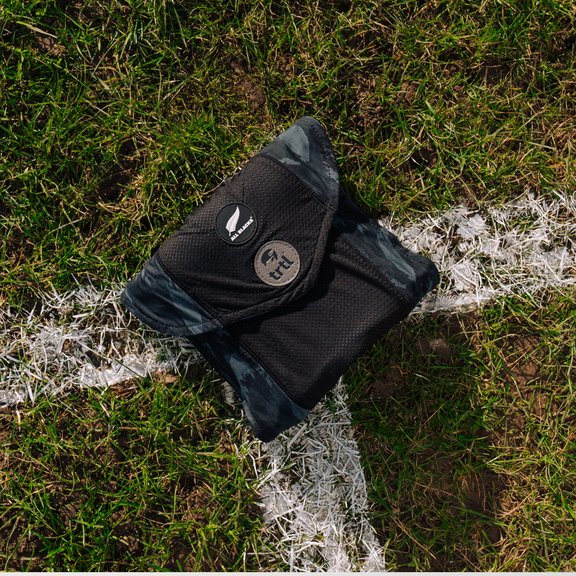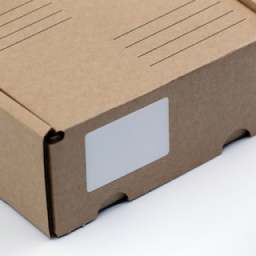Sep 29, 2023
Baggage allowance explained: How to easily plan your trip
By
Karin Svensson
We’ve all been there: standing nervously at the check-in counter, fingers crossed, hoping our suitcase doesn’t tip the scale past that dreaded weight limit. But what if you could confidently head to your gate, knowing your baggage is perfectly within bounds?
In this Trtl Travel blog, we’ll dive deep into everything you need to know about baggage allowance and how you can make the most out of your packing!
What is baggage allowance?
Baggage allowance — also sometimes known as a baggage policy — is the amount of baggage you’re allowed to take on a plane with you.
Each airline sets its own allowance, with certain restrictions on size, weight and the number of pieces that you can check-in. There are also other factors that can affect this, like your ticket class, passenger status and your flight destination.
However, on most flights, your luggage is split into two types:
- Hand (carry-on) luggage
- Hold (checked) luggage
What's the difference between hold baggage and hand luggage?
‘Hold luggage’ and ‘hand luggage’ are two terms used to describe the types of luggage that you can take on the plane. As the names suggest, hold luggage is any baggage that goes into the hold of the plane — specifically designed for the biggest bags, suitcases and equipment — whilst hand luggage refers to all personal belongings a passenger can carry into the cabin.
However, there are some other differences between the two:
1. Location and handling
Hold baggage will be checked in at the airline counter and then taken by staff to be stored in the aircraft's cargo hold. You won’t be able to access any baggage stowed in the hold during the flight and will instead have to retrieve these at the baggage claim area after you’ve touched down at your destination.
On the other hand, hand luggage is usually stored in the overhead compartments or under the seat in front of you during the flight, where you’ll have free access to it — perfect for the snacks you’ve just bought from Duty-Free!
2. Size and weight limitations
Airlines often have weight and size restrictions for both checked baggage and hand luggage, but this will vary by airline and the fare class you’ve chosen.
If you exceed the limits chosen by the airline you’re travelling on, you’ll either have to dump some items or pay extra to ensure you can take all your belongings with you.
Remember, suitcases and hold bags will be weighed during check-in, and some airlines have specific dimensions for hand luggage, ensuring they fit in the overhead compartments.
3. Contents
Since you won’t be accessing your hold luggage during the flight, it’s a good idea to store larger items and liquids above the carry-on size limit here.
Regulations, particularly those set by aviation authorities, limit the number of liquids, gels and aerosols you can carry in your hand luggage — the current limit in the UK is 100ml per container, and all contents must fit in a single, transparent, resealable plastic bag that measures 20 x 20 cm.
Sharp objects, tools and other potentially dangerous items are restricted from hand luggage.
Why is it important for travellers to know about baggage allowance?
Understanding your baggage allowance is like a travel hack! It saves you from unexpected costs — no one likes those surprise fees for an overweight suitcase. Plus, it makes packing a breeze when you know how much you can take and where you can store your essentials.
Remember, smart packing means smooth sailing through security and ensures your personal belongings fit snugly overhead or under your seat. And, if you’ve got special items like a musical instrument or sports gear, knowing your allowance helps you plan better.
It’s also a great trick when choosing airlines; sometimes, a kinder baggage policy is a game-changer, meaning you’ve got more room to bring home souvenirs.
What are the standard baggage allowances?
Most airlines allow passengers to take either a 20kg or 23kg bag per person for checked-in luggage. Unless you pay extra, you’ll only be allowed to have one bag in the hold. The maximum dimensions for checked baggage are 90 cm x 75 cm x 43 cm.
For hand baggage carried into the cabin, you’ll typically be restricted to a maximum carry-on of 7kg in case items fall out of the overhead bins. The maximum dimension for cabin baggage is 23 cm x 36 cm x 56 cm.
What are the different baggage allowances by airline?
| Airline | Hand Luggage | Hold Luggage | Extra Baggage Charge |
| British Airways |
Hand bags: Up to 40 x 30 x 15cm Cabin bags: Up to 56 x 45 x 25cm |
Economy (with checked bag): 1 x 23kg bag Premium Economy: Up to 2 x 23 kg Business - First Class: 32 kg |
£65 per overweight bag |
| easyjet |
One small cabin bag: Maximum size 45 x 36 x 20cm One large cabin bag: 56 x 45 x 25 cm |
Available options to be bought as extras:
|
From £9.49 £40 at bag drop desk on the day of flight |
| Jet2 |
No heavier than 10kg. No larger than 56 x 45 x 25cm |
You can book up to three 22kg hold bags per person. | £12 per kg for baggage that exceeds total weight allowance |
| Ryanair |
One small personal bag:40 x 20 x 25cm One 10kg bag: 55 x 40 x 20cm |
You can book up to three 20kg hold bags per person. |
Up to £59.99 per flight depending on kg weight. Excess bag fee per kilo £9 - £11 |
| Tui | 1 piece weighing no more than 10kg with maximum dimensions of 55 x 40 x 22cm | 15kg on package holidays and 20kg with certain holidays (will be clearly shown whilst booking) |
Excess luggage:
|
| Virgin Atlantic | 1 cabin bag up to 10kg | 23kg checked-in bag with maximum dimensions of 90 x 75 x 43cm) | Luggage weight varies depending on the fare class you’ve booked |
What happens if your luggage is overweight?
For most airlines, a luggage allowance of either 20kg or 23kg should be enough to fit all of your holiday essentials.
If you get to the airport and find that your luggage is overweight, you’ll have to pay extra per kilogram; however, this price will vary by airline. In other cases, some airlines may outright refuse to carry overweight luggage in the hold and request that you decant some items so your baggage meets the airline's weight limit.
How to make sure that your luggage isn't overweight
Ensuring your luggage isn’t overweight is key to avoiding those hefty and making your trip less stressful.
- Know your limit — Before packing, always check the baggage weight limit of the airline you’re flying with. Each airline has its own restrictions for both hold luggage and carry-ons. Keep in mind that limits might vary based on flight class or loyalty program status.
- Invest in a luggage scale — A portable luggage scale can be a lifesaver. These are compact, easy to use, and can help you avoid last-minute repacking at the airport. By weighing your bags at home, you can be confident you're within the allowed limit.
- Invest in a lightweight suitcase — Modern suitcases are designed to be both sturdy and lightweight. By starting with a lighter suitcase, you’ll have more weight allowance for your belongings. Look for suitcases made from materials like polycarbonate or those labelled as "ultra-lightweight."
-
Pack smart — Here’s some helpful tips and tricks to ensure that you’re packing as smartly as you can:
-
Layering — Instead of packing heavy jackets, consider layering lighter clothing. This not only saves weight but also gives you more outfit combinations, too!
- Travel-size toiletries — Instead of full-size bottles, use refillable mini containers so you can use any products from home. This also means that you can bring home any product that you don’t finish while you’re away!
- Limit shoes — Let’s face it, shoes can be heavy. Bring versatile pairs that can be used for multiple occasions, and wear the heaviest pair during your travel.
- Roll, don’t fold — Rolling clothes tend to take up less space and can even reduce weight distribution.
- Opt for digital entertainment —- Instead of physical books or guides that’ll take up space and weight, consider downloading e-books, audiobooks, or digital guides onto a tablet or e-reader.
- Prioritise your essentials — Pack what you really need first. If you're close to the weight limit, reassess some of your "just in case" items.
And remember, always leave a little bit of room for souvenirs or items that you might accumulate during your trip! It’s easy to forget that you might return with more than you started with.
Pack the right way with Trtl Travel
When it comes to baggage allowance, it’s so important that you’re clued up about the limits on your flight and how much it’ll cost if you’ve missed the mark. And, you’ll know just how important it is to be comfortable when you’re flying too. That’s why our travel pillows will leave you feeling refreshed at your destination, whether it’s a quick trip of a few hours or a long-haul flight.
To find out more helpful tips and tricks for all things flying, check out our blog page.


